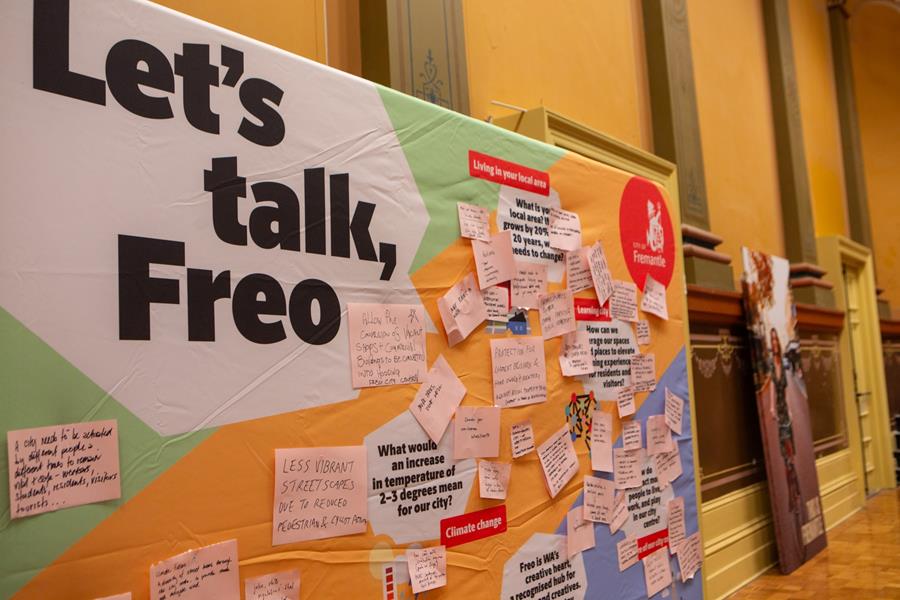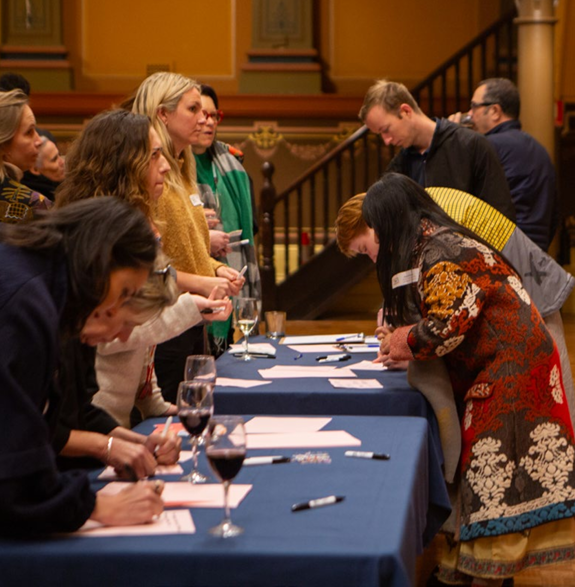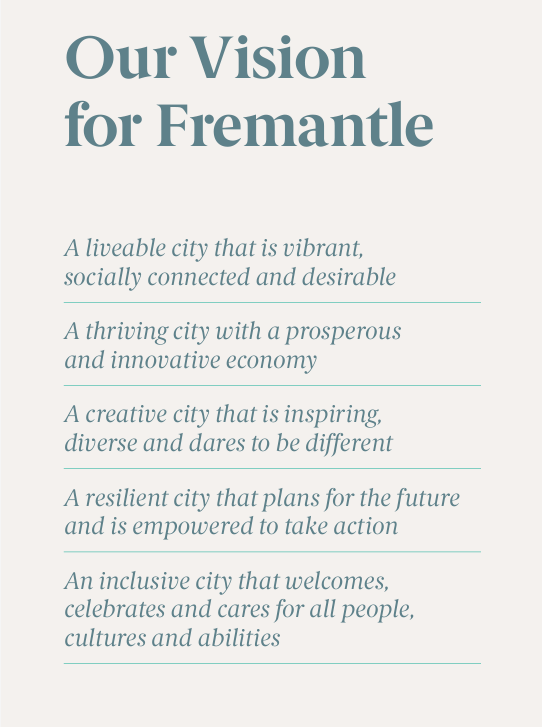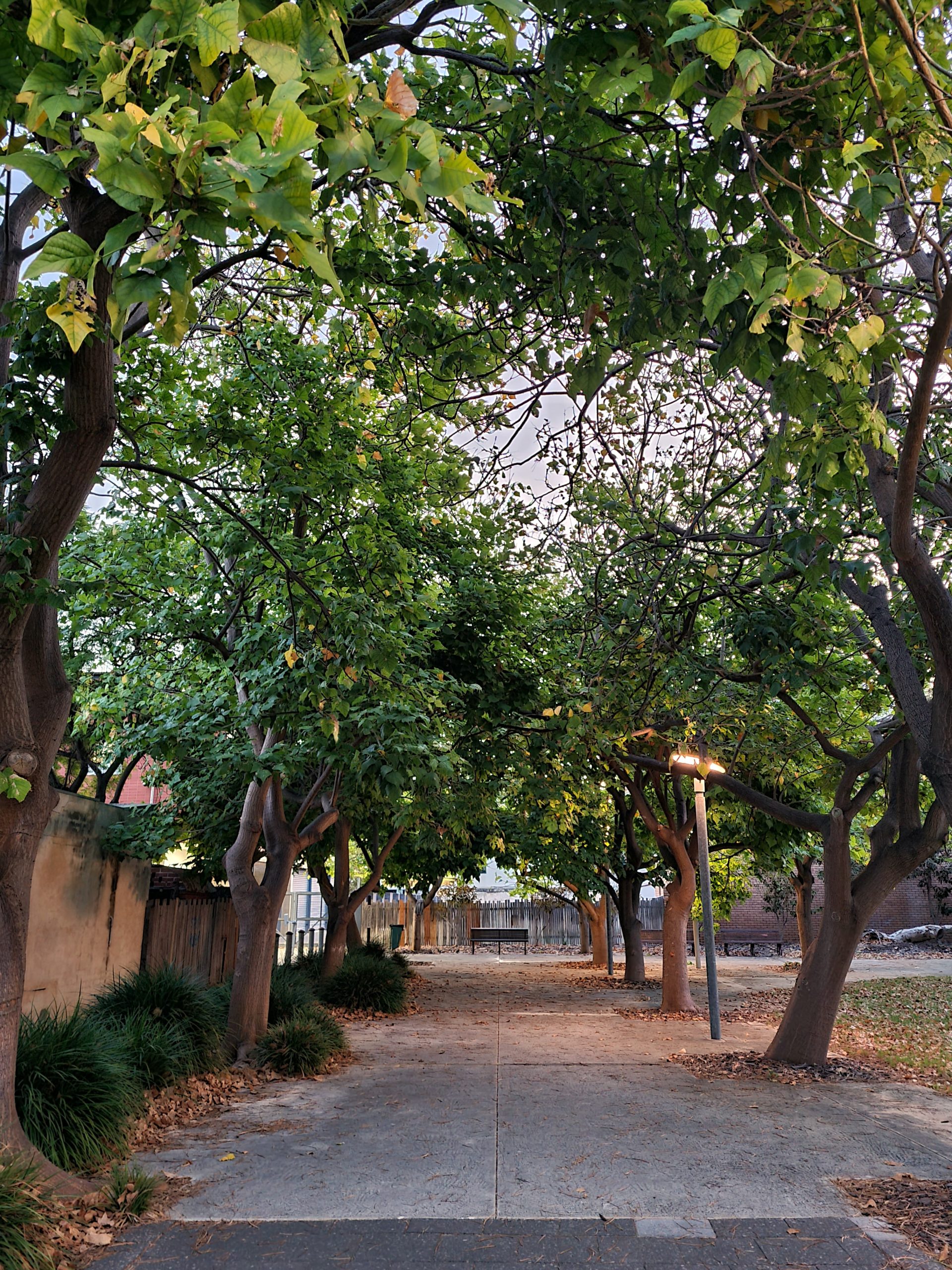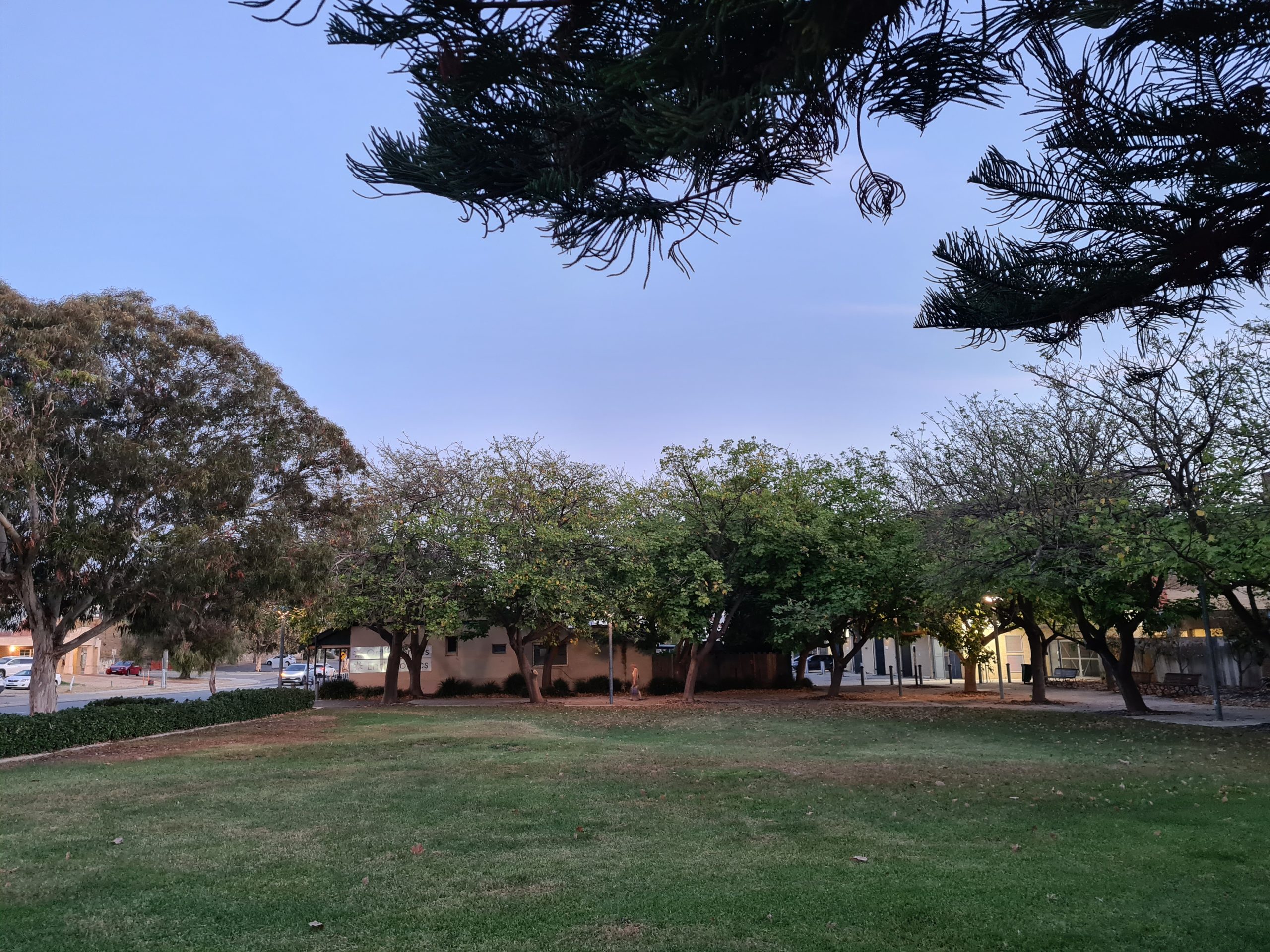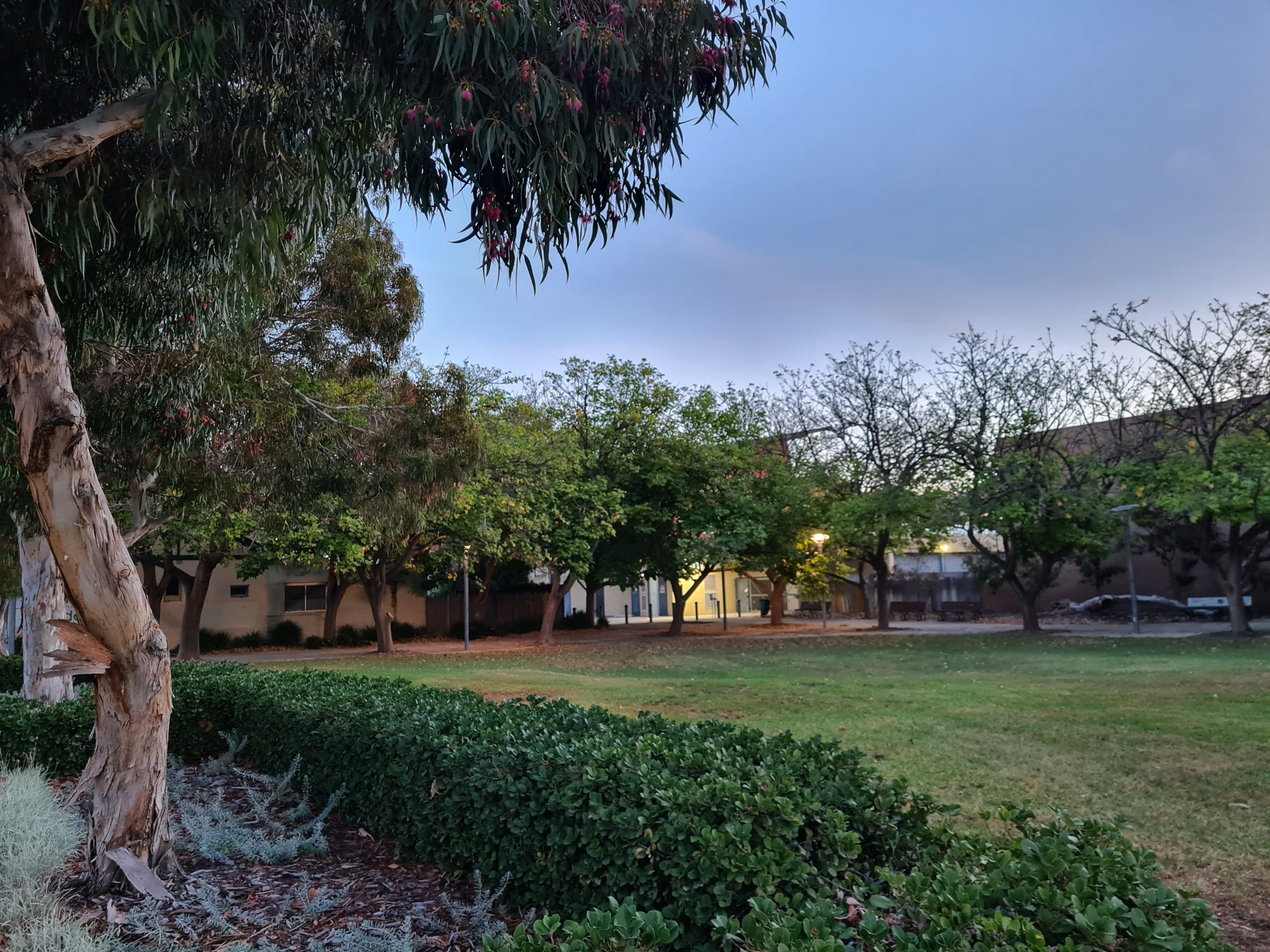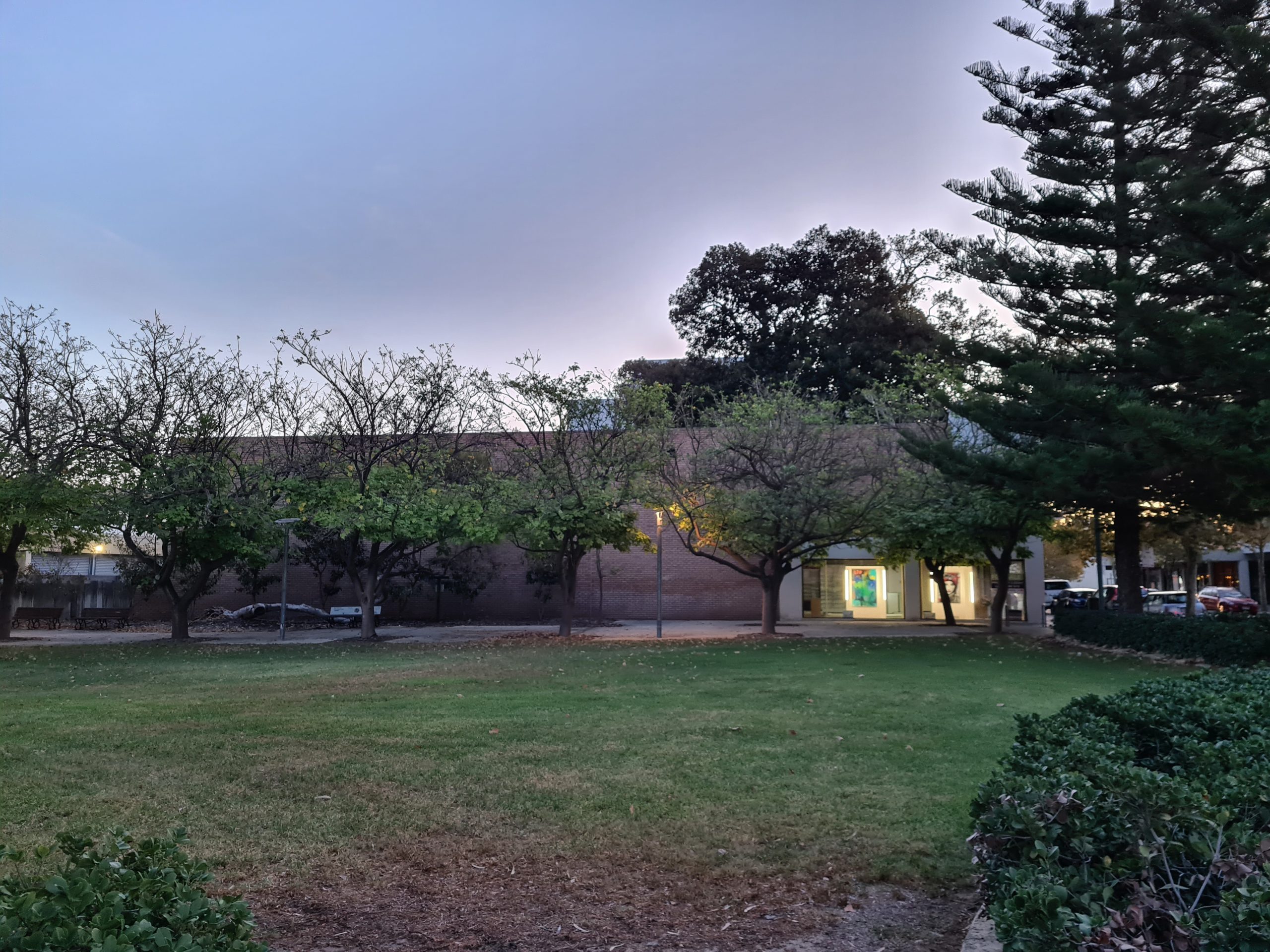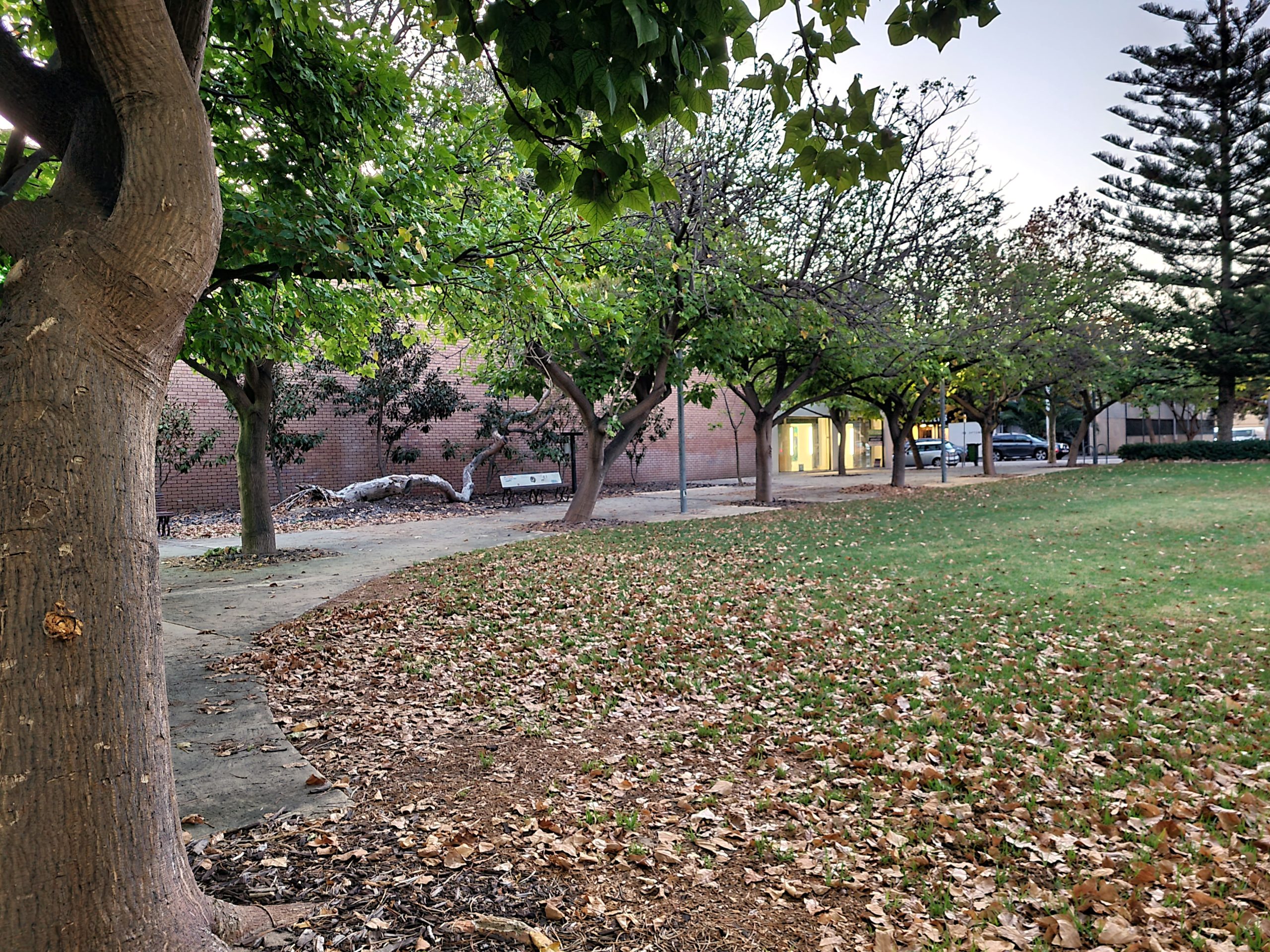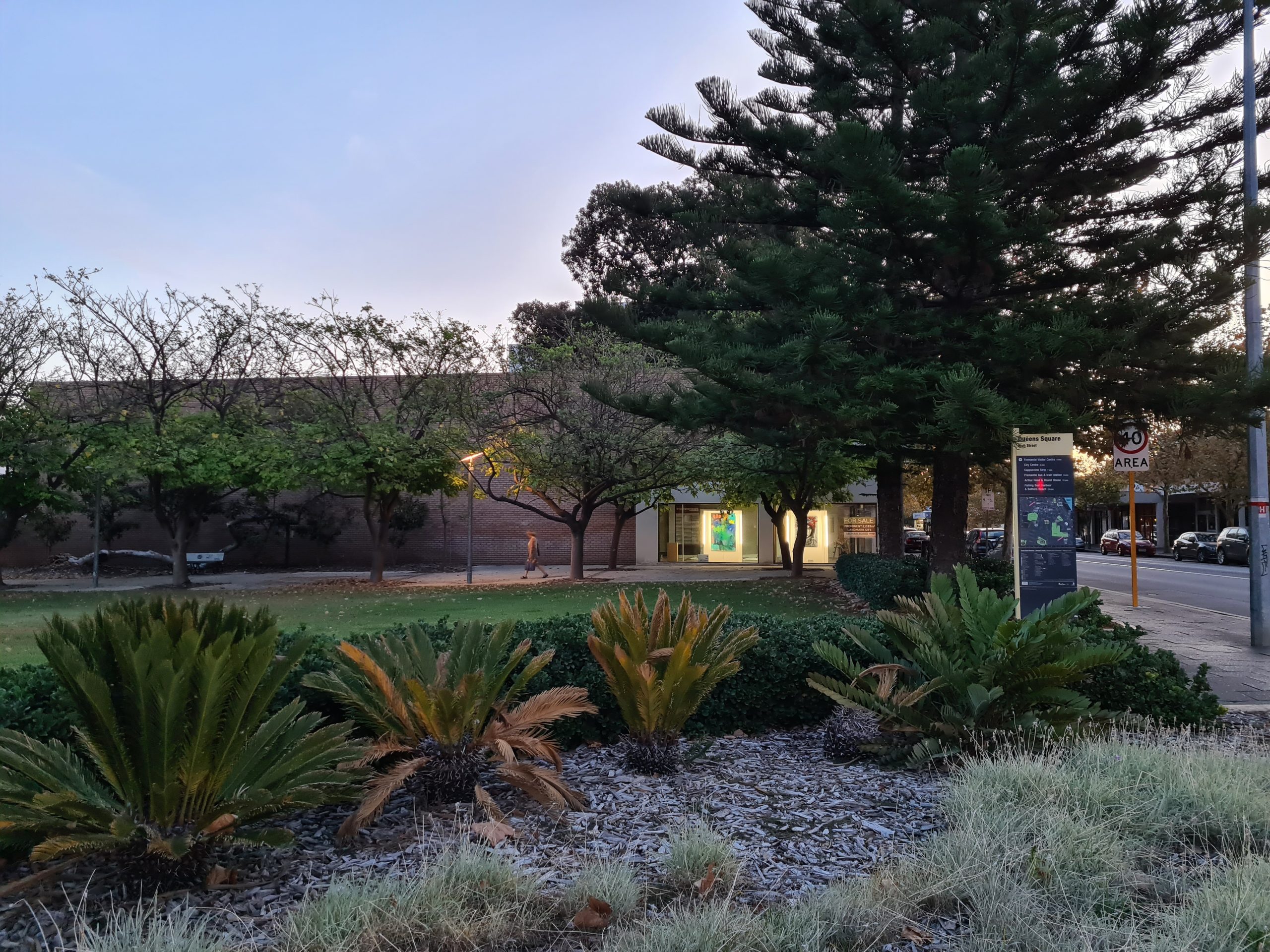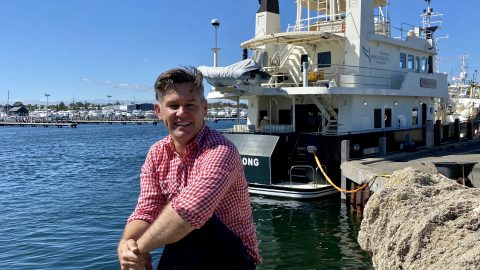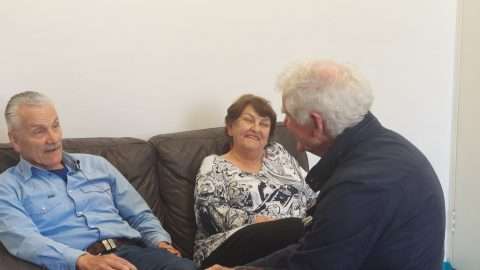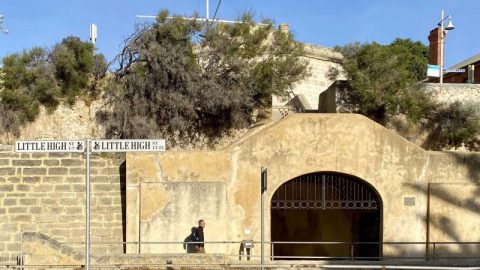Here we are already and at last in Djeran, enjoying cooler days and hopefully some sprinklings of rain soon?
Goodness knows, the City has had a mammoth start to the year!
Can I treat you to a triple feature from the OCM – Ordinary Council Meeting – of Wednesday 27 March 2024? Strategies, beaches, and pesky bore(rs).
STRATEGIES
Remember all the consultation for the Strategic Community Plan? Hopefully you had your say!
After many hours of conversations, content, and canapés, our feedback has been tidily summed up and presented to Council for consent to present it back to us for leisurely reading. And more feedback.
In a nutshell, the Strategic Community Plan provides a holistic framework governing and guiding the City’s activities over the next ten years. It stems directly from extensive community input and a review of the trials and tribulations of the previous Strategic Community Plan over the past ten years. All its endeavours, whether it’s Planning, Health, Community Development & Arts, or Recreation, will be expected to contribute to the aims of the Plan.
This latest edition of the Plan saw the largest community engagement program the City has ever conducted, running from 21 February to 31 July 2023, with over 36 events attended by or hosted by City officers.
Key questions informing the community engagement for the Strategic Community Plan included:
• Creative City: Freo is WA’s creative heart, a recognised hub for artists and creatives. How can we stay that way?
• Learning City: Fremantle is a place to learn. How do we leverage our unique advantage? How do we ensure our learning pathways and education facilities remain accessible for all?
• Living in local areas: What is your local area? If it grows by 20% over 20 years, what needs to change?
• Future of our City Centre: What’s unique about our City centre and what do we need to enable it to flourish?
• Climate Future: What would an increase in temperature of 2–3 degrees mean for our City? As a community, how do we decrease risk, build resilience and prepare for more extreme weather events?
• Jobs for the Future: How do we build a competitive and innovative workforce? What skills do we need to drive Fremantle’s future and create job opportunities?
All timely as the consultation coincided with the engagement by Future Fremantle, reviewing the potential Future of Fremantle from the Inner Harbour to Leighton once commercial port activities cease and container traffic is a thing of the past.
2600 comments were received in response to the engagement, containing over 5000 ideas.
The top five common themes emerging from all this were –
• Fostering greater social connection, engagement, and community safety.
• Improving public transport and connectivity.
• Nurturing and building community development capacity.
• Diversifying Fremantle’s economy.
• Championing or facilitating activations and events to increase footfall and activity across the City of Fremantle (not just the city centre).
The City is now asking its community – us – whether we agree with how the Strategic Community Plan turned out.
Comments close very soon on 27 April, so get in there quick – give your feedback here.
By the way, here are the folk who will consider your feedback down the track.

Fremantle’s Mayor, Deputy Mayor and Councillors, 2024
SOUTH BEACH CHANGEROOMS
And an item that hasn’t gone swimmingly: the changerooms at South Beach. Will it ever end! Fremantle certainly hopes so. They optimistically advised in the agenda of their latest Council meeting that –
“Subject to successful negotiations with the preferred contractor for the delivery of
the South Beach Change Facility, works could potentially commence around mid-2024.”
Council gave the green light for the CEO to award and manage a contract with the preferred contractor for its construction, prevented any further tinkering with the design of the building footprint unless it reduces it by a maximum of 30m2, and voted to note that the landscaping design proposal and tender itself will be considered separately.
The CEO has also been requested to keep the community apprised of the final design and development timeline.
So, it appears we aren’t going to get what Fremantle Shipping News foreshadowed in this 1 April 2024 post.
THE SHARK NET
Meanwhile, Bathers Beach continues to effortlessly shoulder its way into our hearts as WA’s number 1 beach (pardon me, South Beach, but it’s had groovy change facilities all along) by being even safer to swim at thanks to the installation of a shark proof barrier. Not the first local beach to install one in Perth, but that one (at Cottesloe) swiftly got the seal of approval.
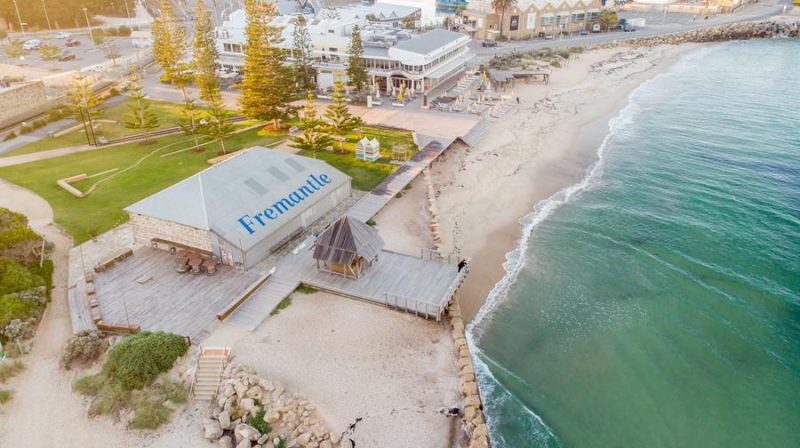
Credit City of Fremantle
Hopefully we’ll be able to “net” some generous funding from the State Government for this one.
159 community members commented on the public survey regarding the net. Mayor Hannah Fitzhardinge noted that it may not be an obvious or popular choice for some based upon current usage of the beach, but it is also precisely for the benefit of everyone who currently doesn’t swim at Bathers Beach because there isn’t a shark net there yet. Time will tell.
QUEENS SQUARE (or SUPERCALIFRAGILISTICPOLYSHOTHOLEBORERPARK)
Lastly: sorry to be a bore(r) but we have an update regarding the seven doomed coral trees at Queens Square, just behind the High Street optometrists perilously close to our famous High Street Moreton Bay Fig tree…
DPIRD, yes DPIRD – the Department of Primary Industries and Regional Development – held an evening community briefing at the Queens Square park on Wednesday 3 April to advise about the devastating impact of Polyphagous Shot-Hole Borer and how they plan to deal with it.
Violently, it seems.
Across the globe, these creatures are having an appalling impact on tree canopy. They are endangering acres of our own, especially on non-native trees such as box elder maples.
According to the City, “the top hosts of PSHB include Maple (Acer), Plane (Platanus), Robinia (Robinia), Poplars (Populus), Oak (Quercus), Avocado (Persea), Fig (Ficus) and Coral Tree (Erythrina)”.
The beetle currently appears to favour exotic trees that aren’t as well adapted to our climate as endemic native trees, but they will try to bite almost anything it seems. It doesn’t help that Perth coral trees have already been suffering this hot season. We believe the beetles must have entered our own city through Fremantle port, no surprise in a globalised economy. (Just like the dreaded Freo Plague did a hundred years ago.)
Fortunately a community member spotted signs of the tiny beetle via its trademark pin-needle burrowing in the trees and reported it using the My pest guide app. Very lucky they were so observant, as it’s rare to see the actual beetle out and about until the tree is well and truly infested with them.
Our biosecurity response faces no shortage of hurdles, with a backlog of trees to treat and an undersupply of suitably qualified arborists to assess impacted trees.
It’s important to remember that the beetles can survive for up to a year in cut wood and will disperse from wood on fire. So we shouldn’t distribute firewood across the city.
Other interesting tidbits: it’s only the females that fly, usually for one flight in their lifetime.
Yet somehow there’s been sightings on Rottnest Island and one in Ellenbrook! Otherwise not too many outside the Quarantine Zone. The western suburbs and riverine environs have been hit especially hard.
There are still hopes to fully eradicate it, rather than reluctantly concede we can only “control” their spread. This option is particularly unsavoury as would leave responsibility and cost of control to affected local governments instead of the Federal Government, and to private landowners for places such as houses. And what of the potential impact on our agriculture industry, including avocados and mangos?
Pays to be vigilant in the meantime, quite literally.
How are infected trees dealt with here, you ask? Currently, they’re always chipped onsite to pieces smaller than 2.5cm, then usually taken away immediately. Some areas keep it as mulch. Thankfully the motion of the chopping kills the beetles. Woodchips are then heat treated offsite just for good measure.
One last fun fact: there are 300 different species of borer in South-East Asia, home of the poly borer! We have our native ones who aren’t so nasty.
That’s it for now! Until next time.
Report by Gayle O’Leary
~~~~~~~~~~~~~~~~~~~~~~~~~~~~
* If you’d like to COMMENT on this or any of our stories, email the Editor right here.
** WHILE YOU’RE HERE –
PLEASE HELP US TO GROW FREMANTLE SHIPPING NEWS
FSN is a reader-supported, volunteer-assisted online magazine all about Fremantle. Thanks for helping to keep FSN keeping on!
*** And don’t forget to SUBSCRIBE to receive your free copy of The Weekly Edition of the Shipping News each Friday!

